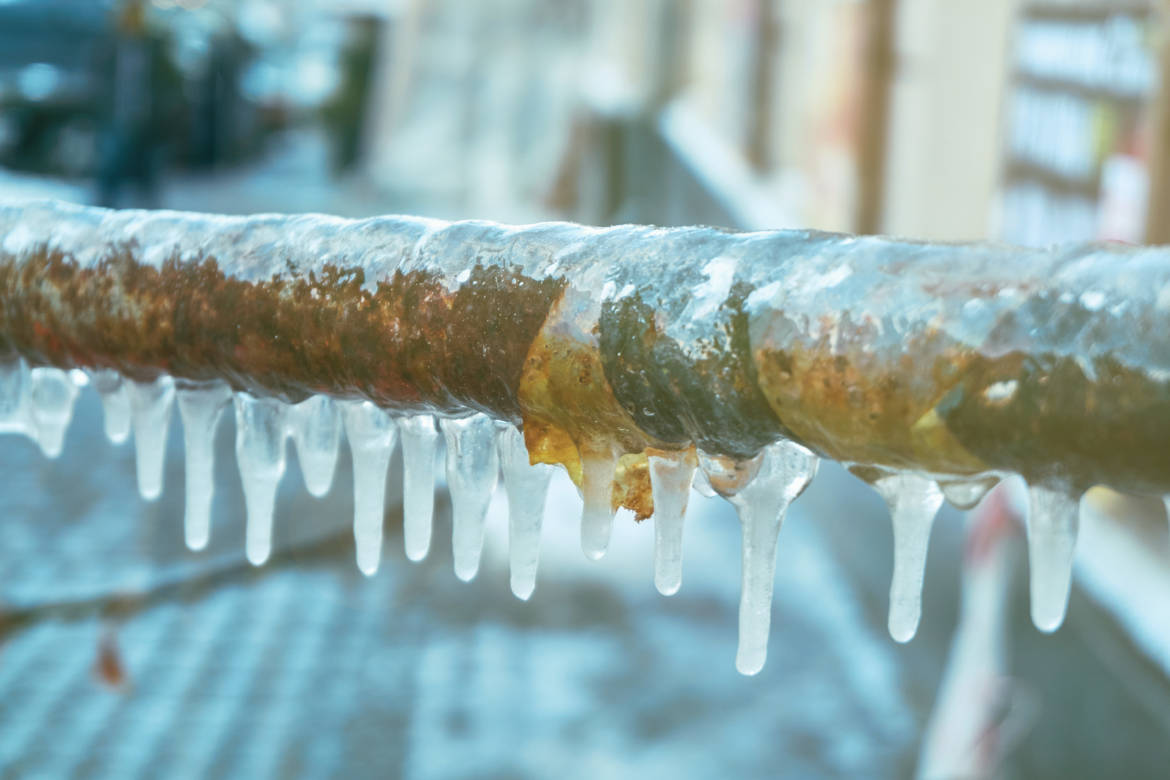Critical Approaches for Preventing Frozen Pipes in Winter
Click HereThey are making a number of great pointers regarding Preventing and dealing with frozen pipes in general in the article in the next paragraphs.

Winter can damage your pipes, specifically by freezing pipes. Right here's exactly how to stop it from happening and what to do if it does.
Intro
As temperature levels drop, the risk of frozen pipes boosts, potentially bring about pricey repairs and water damages. Understanding how to prevent frozen pipes is vital for home owners in cold climates.
Avoidance Tips
Protecting susceptible pipelines
Wrap pipes in insulation sleeves or utilize warmth tape to protect them from freezing temperature levels. Concentrate on pipelines in unheated or external locations of the home.
Home heating methods
Maintain indoor rooms sufficiently heated up, particularly locations with pipes. Open up cupboard doors to allow cozy air to flow around pipes under sinks.
How to recognize icy pipes
Seek decreased water circulation from faucets, unusual smells or sounds from pipes, and noticeable frost on exposed pipelines.
Long-Term Solutions
Structural changes
Think about rerouting pipelines away from exterior walls or unheated areas. Include extra insulation to attic rooms, basements, and crawl spaces.
Updating insulation
Buy top notch insulation for pipes, attic rooms, and walls. Correct insulation assists preserve regular temperatures and minimizes the danger of frozen pipelines.
Shielding Exterior Plumbing
Garden pipes and outside taps
Separate and drain pipes yard pipes prior to winter. Install frost-proof spigots or cover exterior taps with protected caps.
Comprehending Icy Pipes
What triggers pipelines to freeze?
Pipelines freeze when exposed to temperature levels below 32 ° F (0 ° C) for extended durations. As water inside the pipelines ices up, it increases, putting pressure on the pipe wall surfaces and potentially creating them to break.
Dangers and problems
Frozen pipelines can lead to water system interruptions, home damages, and costly repair services. Ruptured pipelines can flood homes and trigger considerable structural damage.
Signs of Frozen Pipes
Identifying icy pipes early can prevent them from rupturing.
What to Do If Your Pipelines Freeze
Immediate actions to take
If you think icy pipelines, keep faucets open up to eliminate stress as the ice melts. Utilize a hairdryer or towels taken in hot water to thaw pipelines gradually.
Verdict
Preventing frozen pipes calls for positive actions and fast reactions. By understanding the causes, signs, and safety nets, property owners can shield their plumbing during winter.
5 Ways to Prevent Frozen Pipes
Drain Outdoor Faucets and Disconnect Hoses
First, close the shut-off valve that controls the flow of water in the pipe to your outdoor faucet. Then, head outside to disconnect and drain your hose and open the outdoor faucet to allow the water to completely drain out of the line. Turn off the faucet when done. Finally, head back to the shut-off valve and drain the remaining water inside the pipe into a bucket or container. Additionally, if you have a home irrigation system, you should consider hiring an expert to clear the system of water each year.
Insulate Pipes
One of the best and most cost-effective methods for preventing frozen water pipes is to wrap your pipes with insulation. This is especially important for areas in your home that aren’t exposed to heat, such as an attic. We suggest using foam sleeves, which can typically be found at your local hardware store.
Keep Heat Running at 65
Your pipes are located inside your walls, and the temperature there is much colder than the rest of the house. To prevent your pipes from freezing, The Insurance Information Institute suggests that you keep your home heated to at least 65 degrees, even when traveling. You may want to invest in smart devices that can keep an eye on the temperature in your home while you’re away.
Leave Water Dripping
Moving water — even a small trickle — can prevent ice from forming inside your pipes. When freezing temps are imminent, start a drip of water from all faucets that serve exposed pipes. Leaving a few faucets running will also help relieve pressure inside the pipes and help prevent a rupture if the water inside freezes.
Open Cupboard Doors
Warm your kitchen and bathroom pipes by opening cupboards and vanities. You should also leave your interior doors ajar to help warm air circulate evenly throughout your home.

Hopefully you enjoyed reading our article about How to Prevent Your Pipes From Freezing. Thanks a ton for taking time to read through our article post. Enjoyed our content? Please quickly share it. Let other people discover it. Thank-you for taking the time to read it.
Go Deal